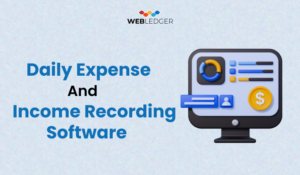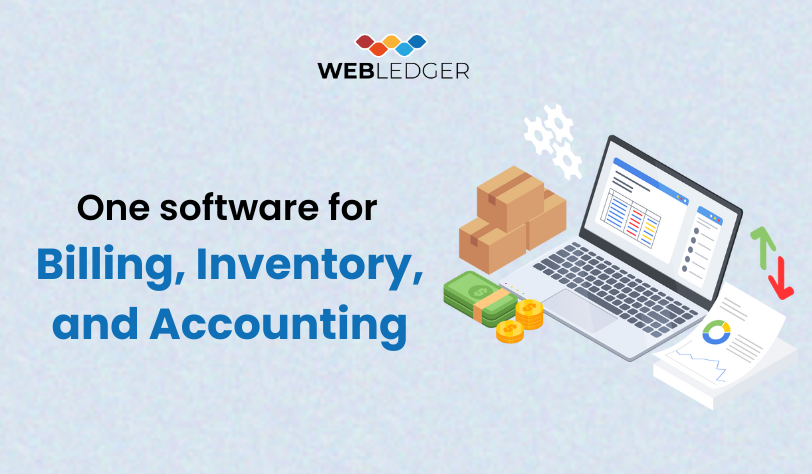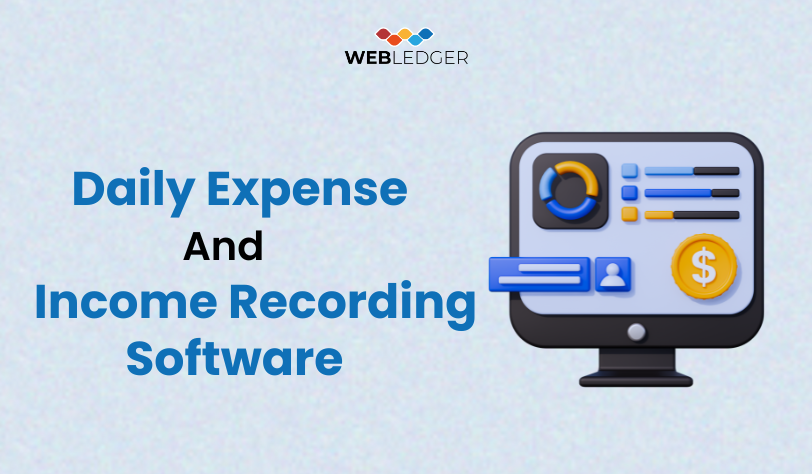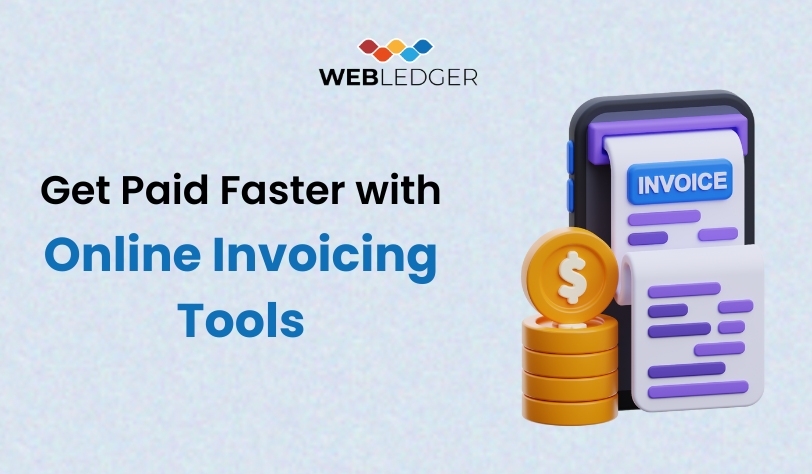As a business owner, there is so much you do. You strive to provide good service and think about tomorrow’s growth. One thing that normally stresses you is dealing with clients’ payments. Tracking down the ones that have paid, following up on late payments, and processing late payments take much of your time. But what if you were able to make this process easier for yourself and your clients? Imagine being able to track payments seamlessly and easily. Simplify payment tracking for your clients. In this blog, we will examine effective strategies to assist you in making payment tracking easier, enhancing communication with clients, and boosting your profits.
The Problems with Traditional Payment Tracking
Before discussing solutions, let’s look at the common problems with traditional payment tracking methods. These often involve spreadsheets, manual entries, and a lot of communication back and forth, leading to several challenges:
Time-Consuming: Updating spreadsheets and checking payments against invoices takes a lot of time. This time could be better spent on important business tasks.
Prone to Errors: There is a high chance of errors when entering data manually. Such errors can cause discrepancies in records and result in conflicts with clients.
Lack of Transparency: Clients will not be aware of the status of their payments, leading to unnecessary queries and confusion.
Difficult to Track Due Payments: It can be difficult to find and trace due payments, which may impact your cash flow.
Poor Organisation: Mixed-up records do not let you clearly view your financial situation.
Impact on Client Relationships: Repetitive reminders and confusing payment procedures hurt client relationships.
All these problems reveal how much we need a smarter method of keeping track of payments that is faster and clearer.
Also read: Why Digital Accounting Is the Future of Business
The Advantage – Simplify Payment Tracking for Your Clients
An easy payment tracking system can benefit your business and clients in numerous ways:
Saves Time and Resources: Automation reduces labour, enabling you to deal with more vital tasks.
Enhances Accuracy: Automated processes minimise human mistakes, guaranteeing that your financial records are precise and trustworthy.
Increases Transparency: Providing clients with clear information regarding their payment status increases client trust and minimises back-and-forth communication.
Manages Due Payments Effectively: Automated reminders and transparent views of outstanding invoices simplify the management of due payments and enhance cash flow.
Improved Organisation: A centralised system provides you with an organised overview of all payment data.
Enhances Client Relationships: A seamless and transparent payment process results in an improved client experience.
Now, let’s discuss some real-world methods to make payment tracking easier for your clients.
Strategies for Streamlining Payment Tracking
Here are some simple steps to enable you to enhance your payment tracking process:
1. Adopt Digital Invoicing and Payment Solutions
Make the transition from paper invoices to digital invoices. This can revolutionise the way you manage payments.
Digital Invoices: Produce and send invoices online. You can monitor when clients receive, view, and pay the invoices.
Online Payment Facilities: Provide clients with options to pay by credit/debit card, bank transfer, or popular online wallets. This way, they can pay you promptly and easily.
Auto-Payment Reminders: Have reminders sent automatically for due or late payments. This way, you can decrease late payments without personal reminders.
2. Establish a Client Ledger System
A client ledger documents all dealings with each client. Transitioning from spreadsheets to a computerised client ledger system provides several advantages:
Centralised Information: Keep all invoices, payments, and balances for every client in one place.
Real-time Updates: The client ledger is automatically updated when payments are made, reflecting an accurate picture of each client’s finances.
Easy Reporting: Create reports on outstanding invoices and payment history instantly.
Better Communication: Sharing the ledger or transaction details with clients is easy, increasing transparency and helping respond to queries faster.
3. Automate Receipts
Preparation and sending of receipts manually requires time. Time is saved by automating this process and providing clients with instant payment confirmation.
Automated Receipt Creation: Your payment or invoicing system must generate a receipt automatically upon receipt of payment.
Instant Sharing: Such receipts can be sent automatically via email to clients.
Electronic Storage: Electronic receipts are simple to store, decreasing the dependence on paper copies.
4. Clearly Define Payment Terms
Specific payment terms reduce delays and assist in managing expectations.
Place Payment Terms on Invoices: Please describe your payment terms for all invoices, such as when payment is due within 30 days.
Discuss Payment Policies Up Front: Explain payment policies to new customers at sign-up to establish clarity.
Provide Flexible Payment Terms: Based on your services, provide options such as payment plans.
5. Proactively Manage Due Payments
Act before payments are overdue to enhance cash flow.
Check Outstanding Invoices Regularly: Regularly check your list of outstanding invoices.
Automated Reminders: Utilise automatic reminders for due payments.
Personalised Follow-Up: As a last option, send personalised emails or calls. Be professional and polite when mentioning the amount due and due date.
Consider Late Payment Fees: Charge late fees only if you mention them in advance and consistently use them.
6. Use Technology for Improved Communication
Technology assists in keeping clients informed regarding their payments.
Client Portals: Utilise a secure platform where clients may see their invoices, payment records, and balance due. This can reduce payment-related queries.
Payment Notifications: Send automatic notifications when payments are made or invoices are approaching the due date.
7. Reconcile Your Accounts Periodically
Compare your payment records with your bank statements regularly. This allows you to identify errors and maintain your cash flow.
Also read: Smart Business Software for Effortless Daily Operations
Selecting the Proper Tools
There are numerous tools and software packages to assist you in tracking payments. When you make a selection, consider the following:
- Integration: Ensure the system integrates well with your accounting software, CRM, or other business applications.
- Ease of Use: The system must be easy for you and your clients to use.
- Features: Consider features such as digital invoicing, online payment processing, automated reminders, client ledgers, and reporting.
- Scalability: Choose a system that will scale with your business.
- Cost: Check the pricing plan to make sure it works for your budget.
- Security: Ensure the system has secure payment gateways to safeguard sensitive financial data.
Also read: Easy Online Accounting for Small Businesses
Keeping Payment Tracking Simple for Your Customers
Keeping payment tracking simple is to your advantage and to that of your customers. When customers easily know how much they owe and how much money to send, trust is established, and your business relationship is strengthened.
Begin today by making payment tracking easier for your clients. Research the tools out there, select the techniques that work best for your business, and have a smoother and more clear-cut payment experience.
Conclusion
With the strategies discussed in this blog, you can eliminate your dependence on manual payment monitoring. Instead, you can adopt a more efficient, simpler alternative that is more effective for your clients. It will save you time, ease your stress, and enhance your cash flow and client relationships.
To run a successful business, it’s important to keep your client records clean, send out receipts quickly, and manage payments effectively. Use WebLedger Books to track your receipts and the amounts your clients owe. You can also generate reports. Sign up and schedule a free demo of WebLedger Books to find out more.









